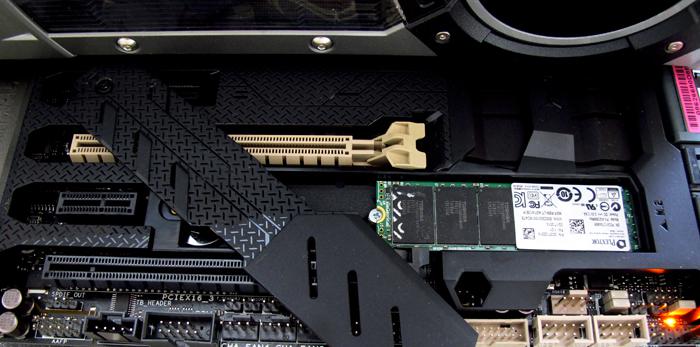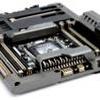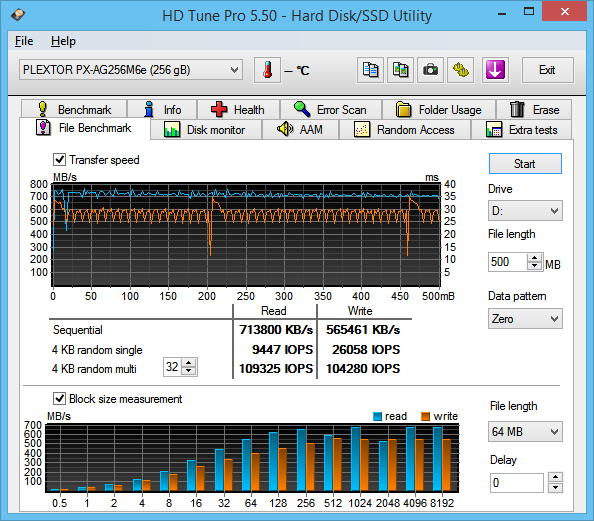Performance M.2 PCI-Eexpress SSD Storage Performance
M.2 PCI-Express SSD Storage Performance
Aside from its naming I am pretty stoked about M.2 as I have checked out what it can do and immediately got excited. I think M.2 will be wider adopted than SATA Express this year because it is easy, handy, transferable to any M.2 ready PC and it doesn't need complex RAID setups. That brings small form factors add-in SSDs to our PC platform at blazing fast speeds. There is an abbreviation for that, NGFF (Next Generation Form Factor). It is not just that though, SATA3 has not been amongst us for that long, but the SSDs evolved in a very fast manner, making SATA3 already a bottleneck for current generation SSDs as SATA3 SSDs end at roughly 570 MB/sec in terms of read/write performance.

Right above - the M.2. slot - you can place back the cover and hide the M2 SSD this way.
M.2 PCI-Express SSDs are merely small form factor SSDs that communicate over your PCI Express lanes, giving it 10 Gbps of bandwidth, eliminating SATA3 bottlenecks. The Ultra port on the X99X ASRock Killer has a 4x PCIe uplink of 32 Gbps though.
M.2 PCI-Express links directly to your PCI-E lanes and as such, it is an interface with much more available bandwidth. You can expect performance in the 700 MB/sec range with the latest products. We ran some tests with a Plextor M6 M.2 PCI Express SSD unit. This specific product can handle a maximum sustained data read speed is of 770 MB/s and the top write speed is of 580 MB/s. Meanwhile, the random 4K performance is hovering at 100,000 IOPS (inputs/outputs per second).
Considering these M.2 SSDs are LESS complex and expensive to build over a regular SSD we expect the prices to match current generation SSDs, making this a mighty interesting option.


